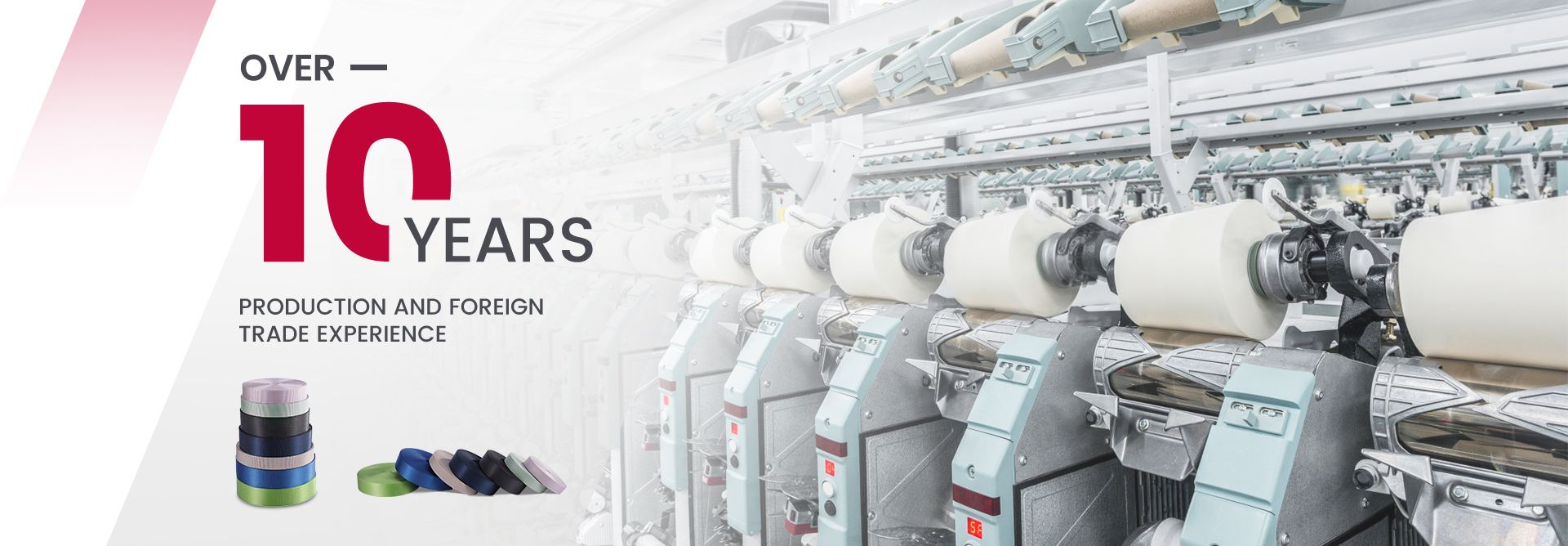Webbing tape is a crucial component in various industries, including automotive, aerospace, marine, and outdoor gear. Its tensile strength, which refers to the maximum load a material can support without breaking, is a critical parameter that determines its performance and reliability in different applications. In this comprehensive analysis, we will delve into the intricacies of tensile strength testing for webbing, exploring the key factors that influence this property and the various test methods used to evaluate it.
Tensile strength is a fundamental mechanical property that measures the ability of a material to withstand pulling forces without breaking. In the context of webbing tape, tensile strength is a key indicator of its load-bearing capacity and durability. It is typically expressed in units of force per unit area, such as pounds per square inch (psi) or newtons per square meter (N/m²). Understanding the tensile strength of webbing is essential for ensuring its suitability for specific applications and environments.
Test Methods for Tensile Strength
The tensile strength of webbing straps is determined through standardized testing procedures that involve subjecting the material to controlled tensile forces until it reaches its breaking point. One of the most common methods used for this purpose is the tensile test, which involves clamping the ends of a webbing sample and applying a steadily increasing force until it fractures. The maximum force sustained by the webbing before failure is recorded as its tensile strength.
Breaking Strength Test
Another widely used test method for evaluating the tensile strength of webbing is the breaking strength test. In this test, a webbing sample is secured between two fixtures, and a force is applied until the material ruptures. The force required to cause the webbing to break is measured and serves as an indicator of its breaking strength, which is closely related to its tensile strength.
Factors Affecting Tensile Strength
Several factors can significantly influence the tensile strength of webbing, and understanding these variables is crucial for optimizing the performance and reliability of the material in different applications.
Material Selection
The choice of materials used in the production of webbing fabric has a direct impact on its tensile strength. High-quality synthetic fibers, such as nylon, polyester, and aramid, are commonly employed due to their exceptional strength and resistance to stretching. The molecular structure and orientation of the fibers play a critical role in determining the tensile strength of the webbing, making material selection a key factor in its overall performance.
Weaving Structure
The weaving pattern and structure of webbing also influence its tensile strength. Different weaving techniques, such as plain weave, twill weave, and satin weave, can result in varying degrees of strength and flexibility. The density of the weave, the number of yarns per inch, and the arrangement of warp and weft threads all contribute to the overall tensile strength of the webbing.
Processing Technology
The manufacturing process used to produce webbing can impact its tensile strength. Factors such as heat setting, resin treatment, and finishing coatings can enhance the material’s resistance to abrasion, UV exposure, and chemical degradation, ultimately affecting its tensile strength and long-term durability.
In conclusion, the tensile strength of webbing is a critical parameter that directly influences its performance and reliability in various applications. By understanding the key factors that affect tensile strength, such as material selection, weaving structure, and processing technology, manufacturers and engineers can optimize the design and production of webbing for specific requirements. Additionally, the use of standardized test methods, such as tensile testing and breaking strength tests, enables accurate evaluation and comparison of different webbing materials. This comprehensive analysis provides valuable insights into the complexities of tensile strength in webbing, empowering industry professionals to make informed decisions and advancements in this essential field.
Post time: Apr-09-2024



